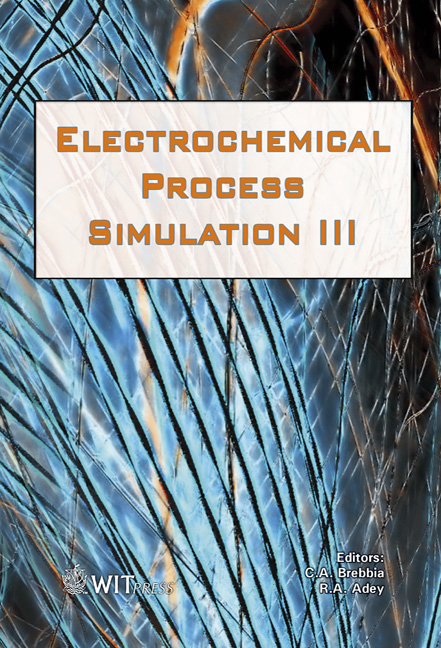A Hydraulic Model To Simulate The Hydrodynamics Of A Fluorine Electrolyser
Price
Free (open access)
Transaction
Volume
65
Pages
12
Page Range
23 - 34
Published
2009
Size
1,246 kb
Paper DOI
10.2495/ECOR090031
Copyright
WIT Press
Author(s)
J. P. Caire, G. Espinasse, M. Dupoizat & M. Peyrard
Abstract
Fluorine electrolysis is characterized by very large overpotentials and bubble effects that are not yet fully understood. The two-phase free flows appearing in the fluorine reactor are complex and attributable mainly to hydrogen bubbles evolving at the cathode. However, large fluorine bubbles gliding along the anode help to drag the electrolyte up along the anode and in doing so also take part to the two-phase movement. The fluorine electrolyser has been modelled in the past but there has been no means of comparing hydraulic computations with measurements in such an aggressive environment. A hydraulic model is presented here to test the ability of the Estet-Astrid finite volume code to model the fluorine reactor. The two-phase free flow was modelled using an Euler-Euler scheme assuming bubbles of uniform diameter. Laser Particle Image Velocimetry was used to measure both gas and liquid velocities. This paper presents the experimental study and the model made to obtain the plume shape. Numerical and experimental results are compared and some discrepancies are explained. Improvements are suggested for future modelling Keywords: hydrogen, fluorine, electrolysis, two-phase flow, hydraulic model, free convection, Estet-Astrid.
Keywords
hydrogen, fluorine, electrolysis, two-phase flow, hydraulic model, free convection, Estet-Astrid





